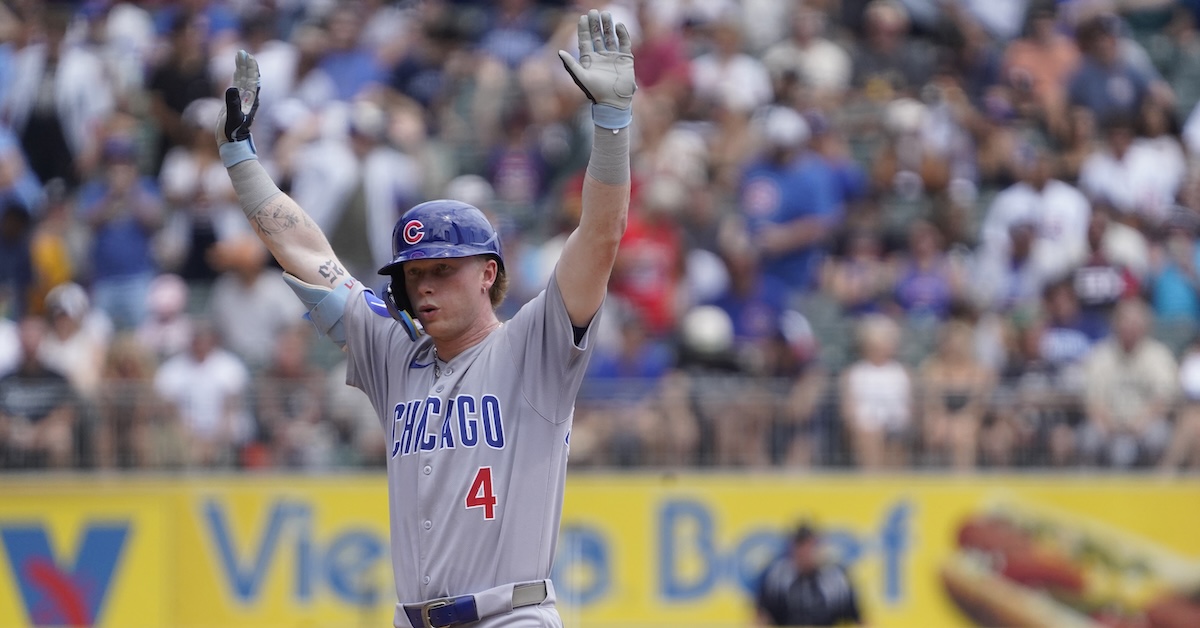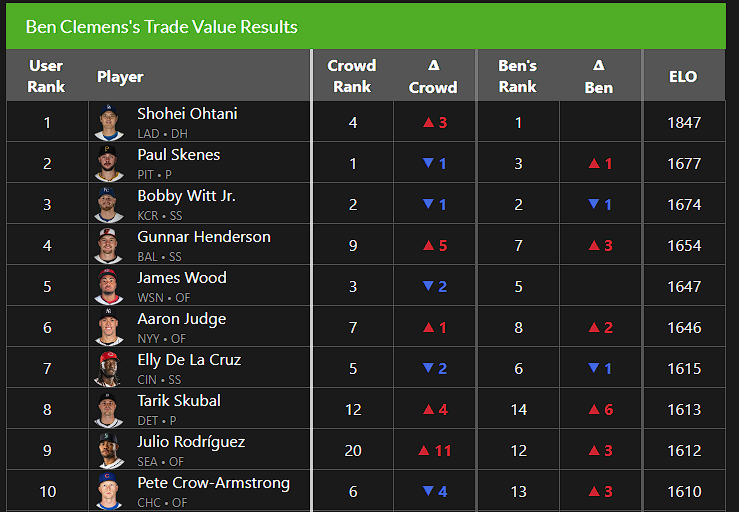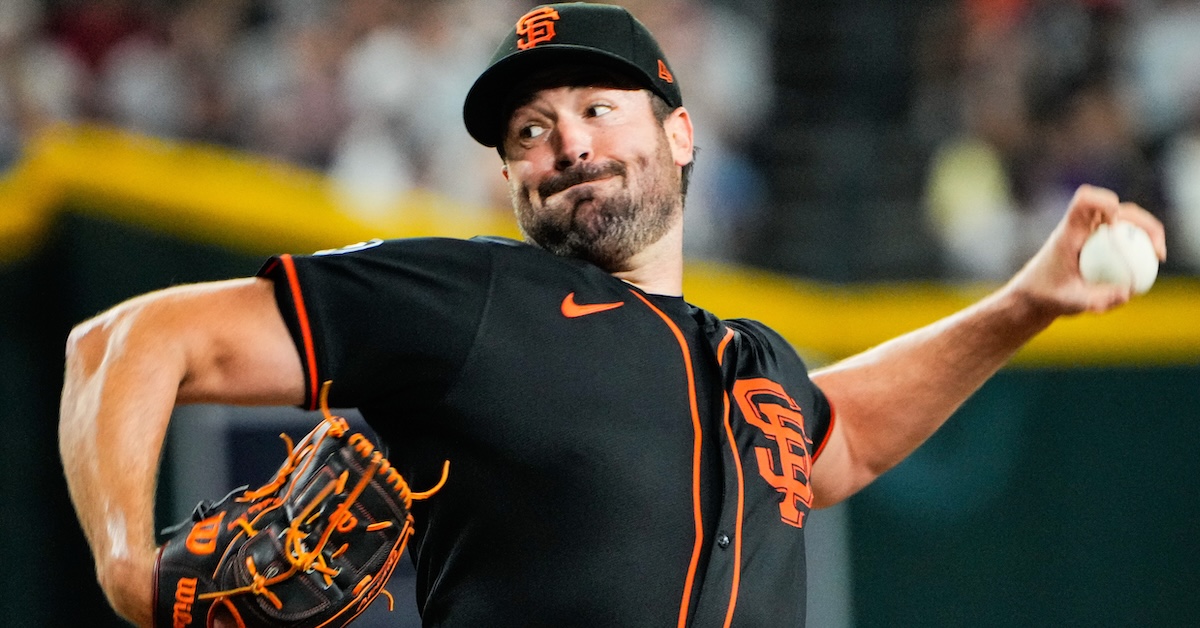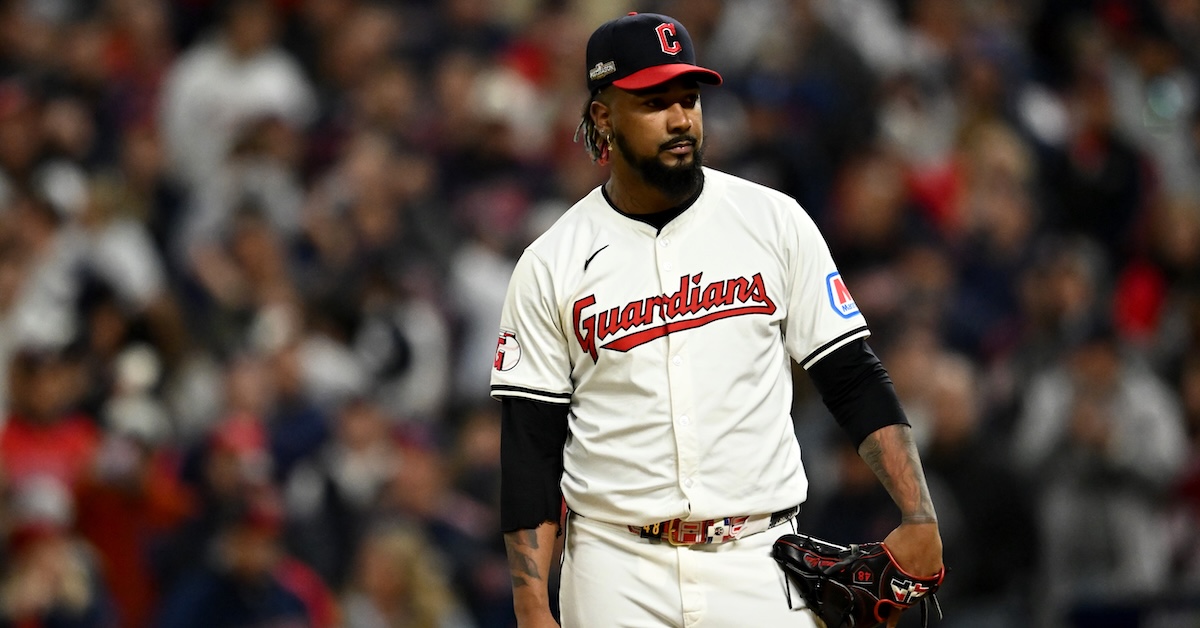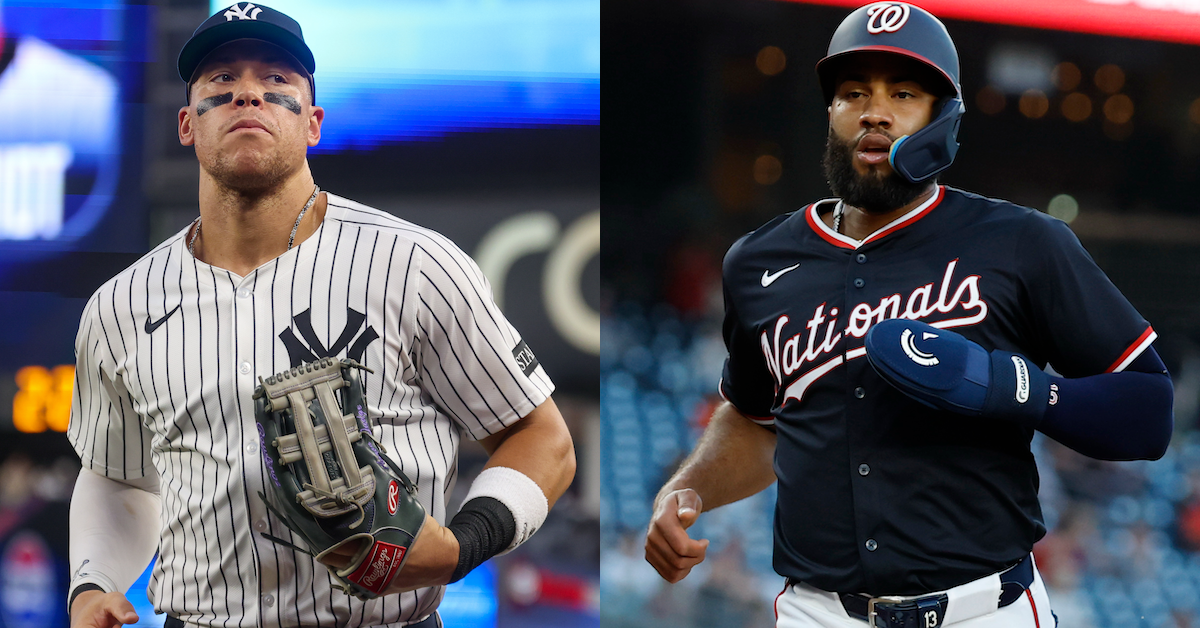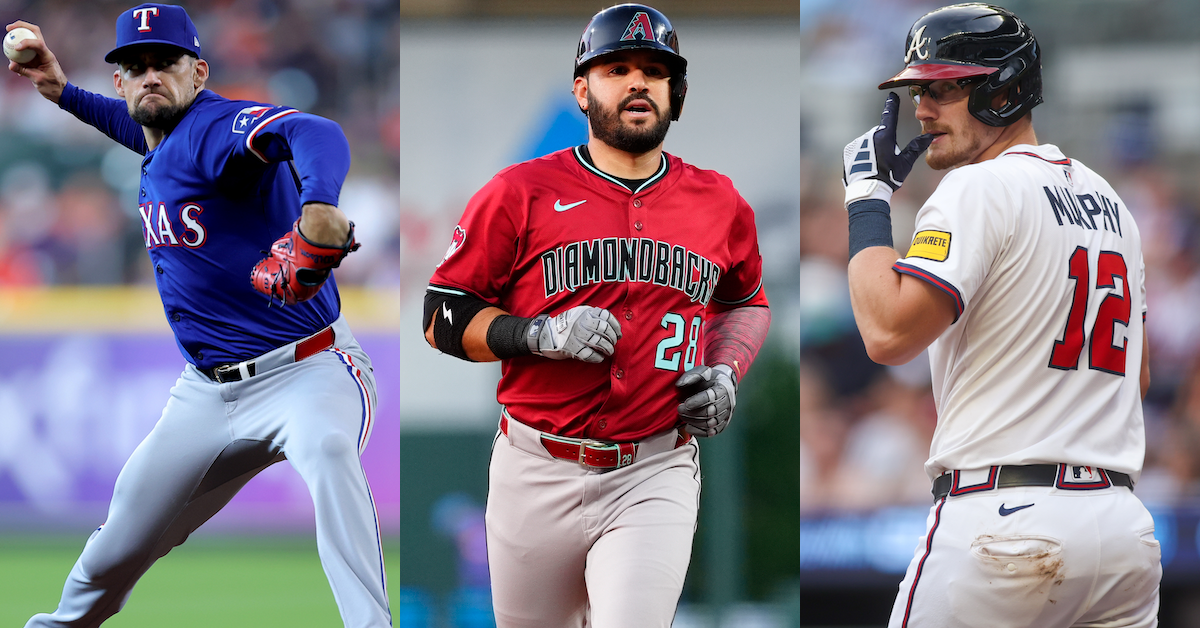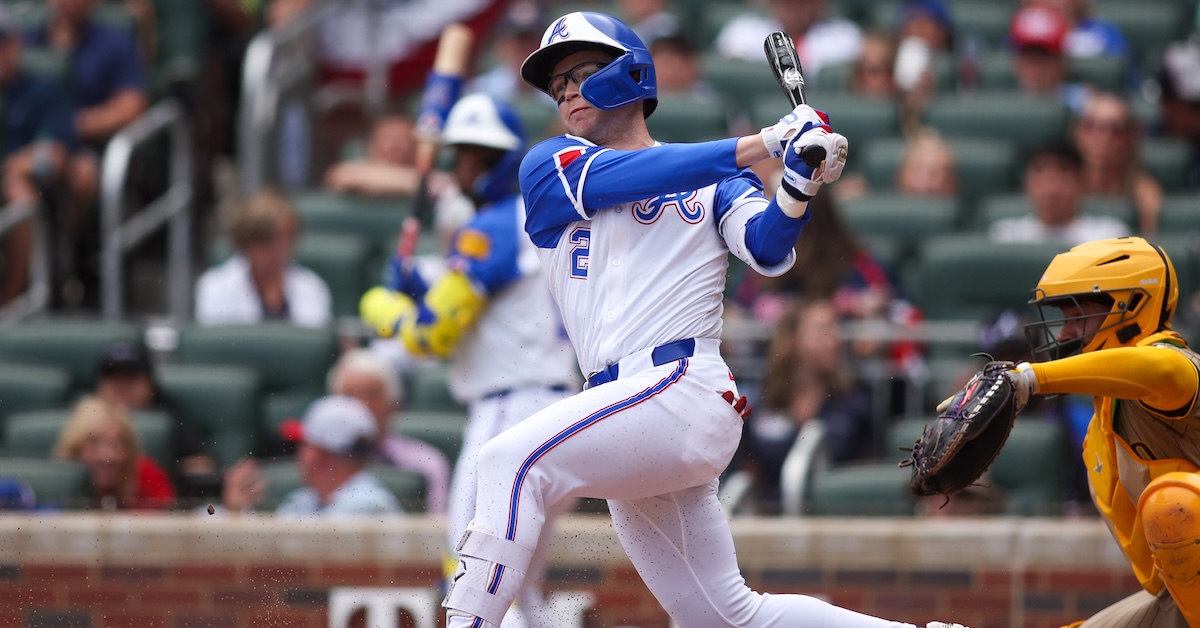With Chris Paddack Trade, Tigers Bolster Ailing Rotation and Twins Start Selling
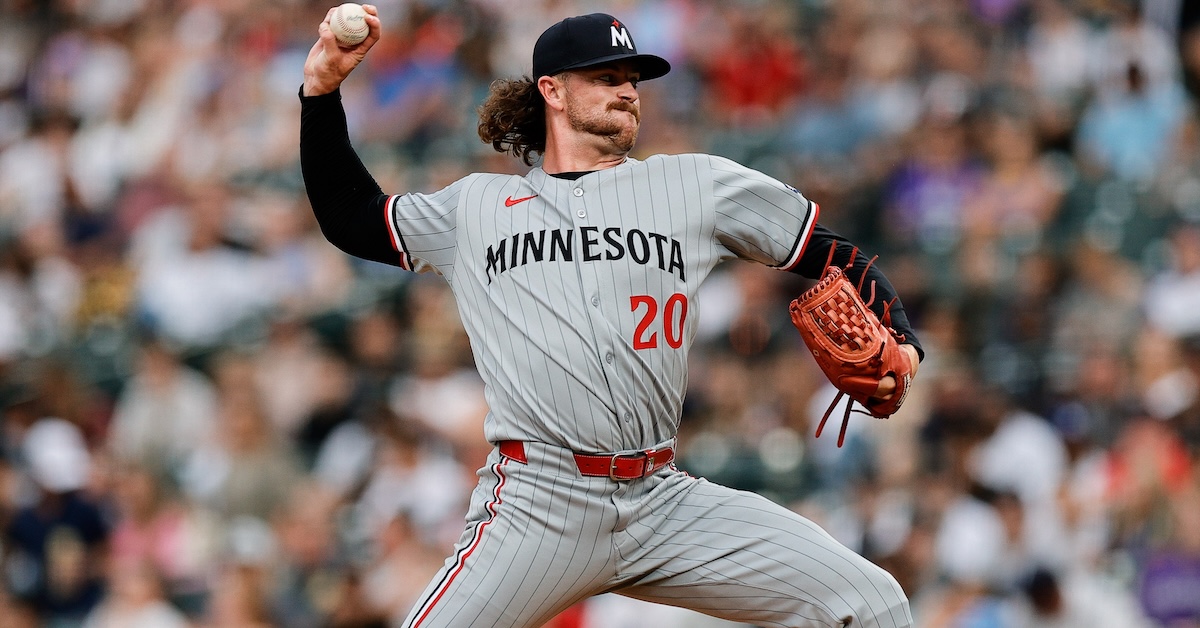
The Tigers didn’t wait long. On Monday, the team announced that starter Reese Olson would miss the rest of the season (and possibly the postseason) with a right shoulder strain, and that same day, Detroit filled Olson’s rotation spot by swinging a trade within the division for Minnesota right-hander Chris Paddack. The full deal brought Paddack and reliever Randy Dobnak to the Tigers in exchange for 19-year-old catching prospect Enrique Jimenez. The trade represented an attempt to stabilize an increasingly banged-up Detroit rotation for an increasingly important stretch run. For the Twins, the move kicked off what has the potential to be a significant sell-off.
We’ll start with the Twins side. “It’s just crazy how fast it can turn around,” Paddack told Dan Hayes of The Athletic, who initially reported news of the deal along with Ken Rosenthal. “World just got twisted upside down, to say the least. It stinks. This business is out of our control sometimes. I was really pulling for us, as a Twin. I was hoping we would make some moves and go get that Wild Card spot. I’m excited for this new opportunity with a new team.” It’s not immediately clear who will take Paddack’s spot in the Minnesota rotation. The Twins have a bullpen game planned for today. Paddack will start tomorrow, and he’s lined up to face his old squad when the Tigers and Twins face off a week from today. The Twins broadcast made a point of circling the date on the calendar during last night’s game. Read the rest of this entry »


